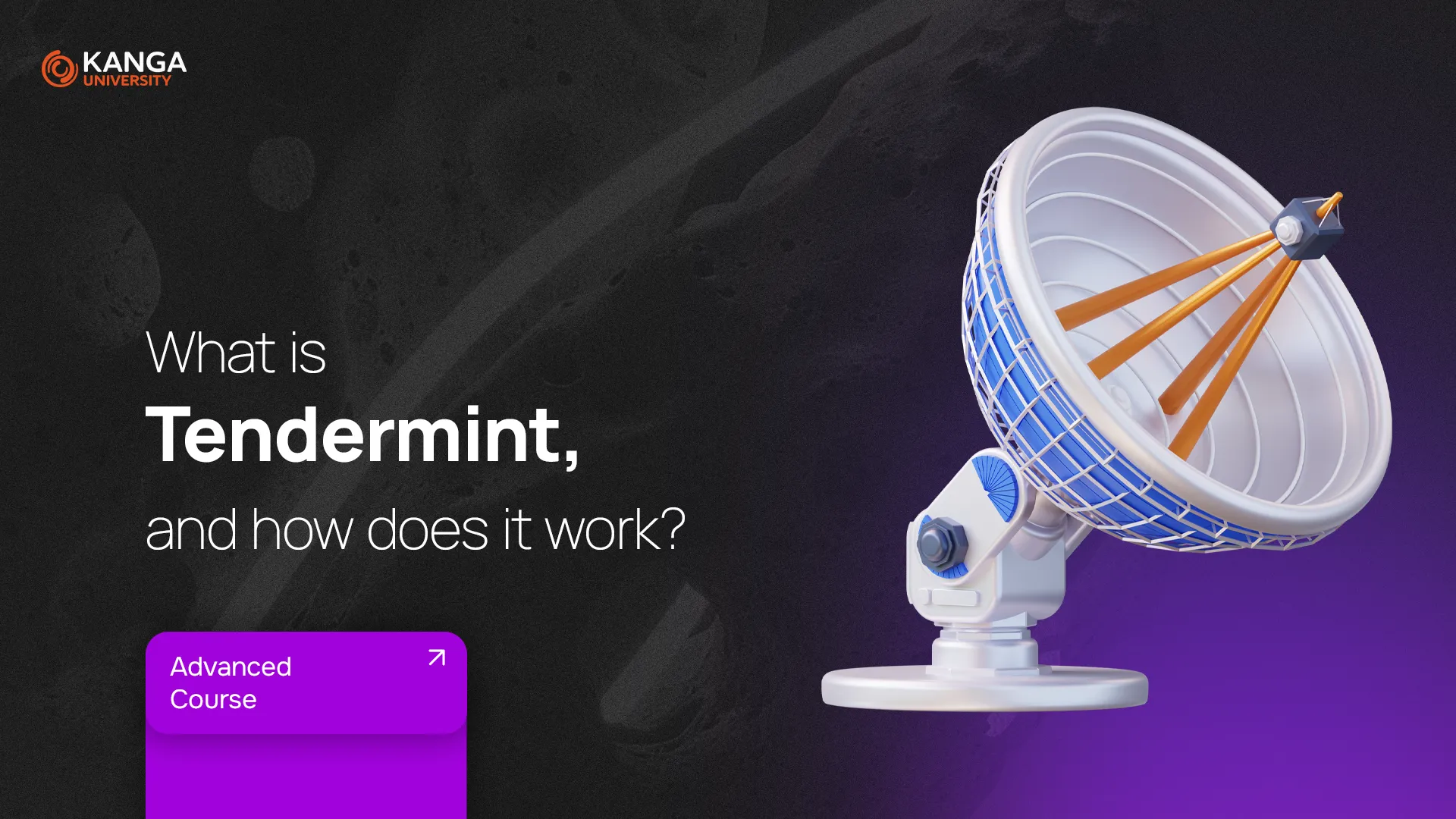
In the world of crypto, it’s not just about digital money. It’s about building trust without middlemen. And to do that, you need to solve one of the biggest challenges in computer science: how to make many computers spread around the world agree on the same thing at the same time, even if some of them go offline — or act maliciously?
Enter: Tendermint.
What Is Tendermint?
Tendermint is the core engine behind some of today’s most important blockchains. It’s like the operating system for decentralized apps. Its job? To make sure that every computer in the network stores the same information, in the same order, even during disruptions or attacks.
Tendermint brings together speed, security, and flexibility — and it lets developers build blockchain apps using any programming language they want. Imagine creating your own version of Ethereum, but on your own terms. That’s the power of Tendermint.
The Secret Sauce: Byzantine Fault Tolerance (BFT)
At the heart of Tendermint is a concept called Byzantine Fault Tolerance (BFT). In simple terms, it means the network can keep working even if up to one-third of the participants fail or act dishonestly.
That level of fault tolerance is key in decentralized systems, where you can’t assume that everyone is playing fair — or even online.
Tendermint’s Two Main Components
1. Tendermint Core
This is the heart of the system. It handles consensus — the process of agreeing on which transactions are valid and when they should be added to the blockchain. It uses a version of Proof of Stake, where selected validators confirm blocks. A new block is added only when two-thirds of validators agree.
2. ABCI – Application Blockchain Interface
Think of ABCI as a translator between Tendermint and the apps developers want to build. Thanks to ABCI, you can write your app in any language, and it will still work smoothly with the Tendermint consensus engine.
That flexibility is a game-changer — and it’s one of the reasons why Tendermint powers major ecosystems like Cosmos.
How Does Tendermint Reach Consensus?
In Tendermint, each block goes through two rounds of voting: pre-vote and pre-commit. A block is only added to the blockchain when at least two-thirds of validators vote for it in both rounds.
If consensus isn’t reached, the block moves to the next round, and a new validator proposes it again. This back-and-forth ensures that the network keeps moving — even when some validators are offline or slow.
Tendermint’s clever design also uses the same mechanism for both confirming a block and moving on to the next round, which helps streamline decision-making and boosts efficiency.
Scalable and Flexible by Design
Tendermint is built to scale. Thanks to sharding — a way of splitting up data into smaller pieces — it can process high volumes of transactions without clogging the network.
And it’s not just scalable — it’s modular, too. That means developers can tweak just one part of the system without breaking the whole thing. Want to upgrade the consensus layer? No problem. The app logic stays untouched.
Why Developers Love Tendermint
-
No need to build a blockchain from scratch
-
Use any programming language
-
Easily launch decentralized apps for finance, gaming, identity, and more
One standout use case? Cosmos — a top-tier blockchain platform — is built entirely on Tendermint. Its growth is proof that Tendermint works in real-world, high-demand environments.
Summary
Tendermint isn’t just another buzzword. It’s a battle-tested engine powering some of the most advanced blockchains in the crypto world. It makes decentralized systems more secure, scalable, and developer-friendly.
If you’re exploring the technology that will shape the future of the internet — Tendermint is a name worth knowing.